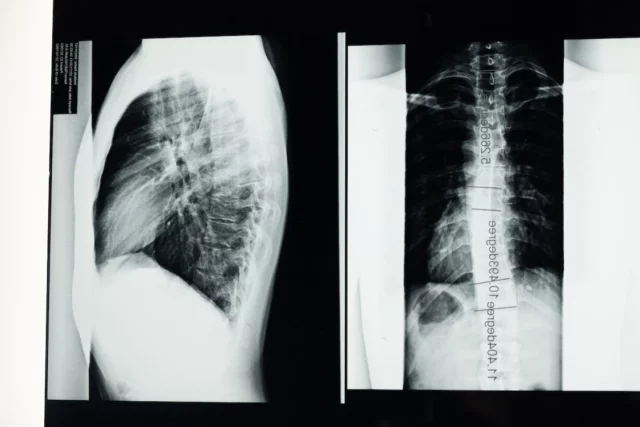Ziplines are popular around the United States, and injuries are increasing at an alarming rate.
alarming rate.
Researchers found the injury rate from ziplines increased by more than 50 percent between 2009 and 2012, with children 9 and under making up 45 percent of the injuries.
The researchers looked at a national database of emergency room visits and discovered that 16,850 people have been injured badly enough on a zipline to visit an ER since 1997.
There were not enough annual zipline cases until 2009 – when the activity started to become drastically more popular – to put a solid rate on the number of injuries.
Among the most telling stats: 70 percent of ER visits due to zipline injuries were in the last four years. In 2012 alone, there were more than 3,600 injuries, or about 10 every day.
Ziplines have exploded in popularity in recent years.
In 2001, there were about 10 commercial zipline outfits in the U.S. By 2012 this figure had grown to over 200. Counting all the publicly accessible ziplines that you see now, it’s more than 13,000.
How Do Zipline Injuries Happen?
Most zipline injuries happen when people fall off or crash into something, such as a tree or zipline structure. These injuries are often very serious.
The most common injury by far are broken bones, Mehan said. Nearly 50 percent of zipline injuries are broken bones. Other injuries can be bruises, sprains and strains, traumatic brain injuries, or back and spinal cord injuries.
A lot of states don’t actually have standards in place, and even among those that do, it can vary among jurisdictions, she added.
The researchers would like to see one universal set of safety standards adopted by each state.
The Law Offices of Aaron Allison – Austin Personal Injury Attorney






